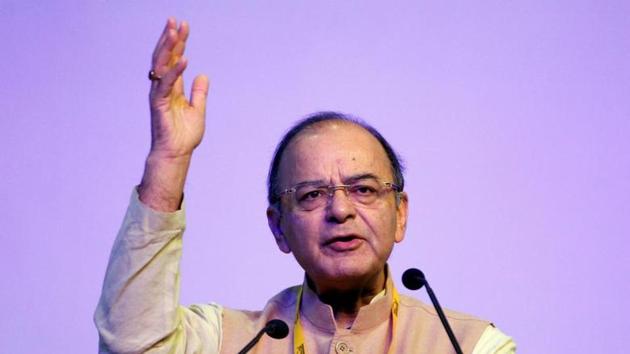GST: The long journey to roll out India’s biggest tax reform
The GST council approved the State GST and Union territories (UT-GST) Bills. The supporting GST laws will now be taken to the Cabinet and then to Parliament for approval.
India on Thursday moved yet another step closer to implement the country’s biggest tax reform possibly from July after the Centre and states agreed on a draft law that will enable states and union territories to impose the Goods and Services Tax (GST).

The GST council approved the State GST and Union territories (UT-GST) Bills. “The supporting GST laws will now be taken to the Cabinet and then to Parliament for approval,” finance minister Arun Jaitley, who also heads the GST Council, said after a meeting.
On March 4, the Centre and states agreed on two draft laws Central GST (CGST) and Integrated GST (IGST) needed to roll out GST, a move that will likely make a range of services, including eating out and mobile internet, cheaper.
The government is now hopeful that GST could be “tentatively” implemented from July.
Following is the chronology of the journey to roll out GST:
2006: UPA finance minister P Chidambaram proposes GST in his Union Budget. The Empowered Committee (EC) of state finance ministers was assigned the responsibility to chalk out a roadmap for its implementation.
2008: The empowered committee submits a report “A Model and Roadmap for GST in India.”
2009: The EC after holding discussions with the centre and the states submits the First Discussion Paper on Goods and Services Tax In India
2011: The Constitution Amendment bill introduced in Lok Sabha and referred to the Standing Committee on Finance for scrutiny.
2013: The Standing Committee submits its report to Parliament. But UPA government fails to take the legislation forward. The Bill lapses with the dissolution of the Lok Sabha.
2014: Finance minister Arun Jaitley introduces the Constitution (122nd Amendment) Bill, 2014 in Lok Sabha on December 19.
2015: Jaitley in his budget speech sets GST roll out deadline on April 1, 2016. Lok Sabha approves the bill on May 6. The Congress demands capping GST rate at 18%. The Narendra Modi government fails to get it passed in Rajya Sabha, where it do not enjoy majority.
2016: Centre and states agree on Constitution amendment Bill without a cap on the rates. The bill is approved by the Rajya Sabha on August 2016. The amended bill is passed in the Lok Sabha on August 8.
2016: The GST Council headed by the Union finance minister is formed. The council decided on a four-slab rate GST structure of 5%, 12%, 18% and 28%. The so called “sin” or “demerit” products such as tobacco items, aerated drinks and luxury cars, would come under the highest tax slab and may attract a cess, which could increase the tax burden to 40%.
The demonetisation drive announced on November 8 prompted some states to seek a higher compensation.
2017: The date for the implementation of the new tax structure is shifted to July 1, 2017, as the Centre and states took time to finalise the draft Bills—CGST, IGST, SGST and UT-GST.





